The Littoral Combat Ship was originally developed from proposals in the late 90s for a small, semi-disposable coastal combatant that would allow the USN to access coastal waters that would otherwise be denied to it, relying on high speed and various buzzwords to fulfill its mission. It turned into one of the worst procurement disasters in US history, producing two classes of very fast and rather underarmed ships that don't have any of the modules they were intended to carry. Despite this, a total of 35 ships have been ordered.
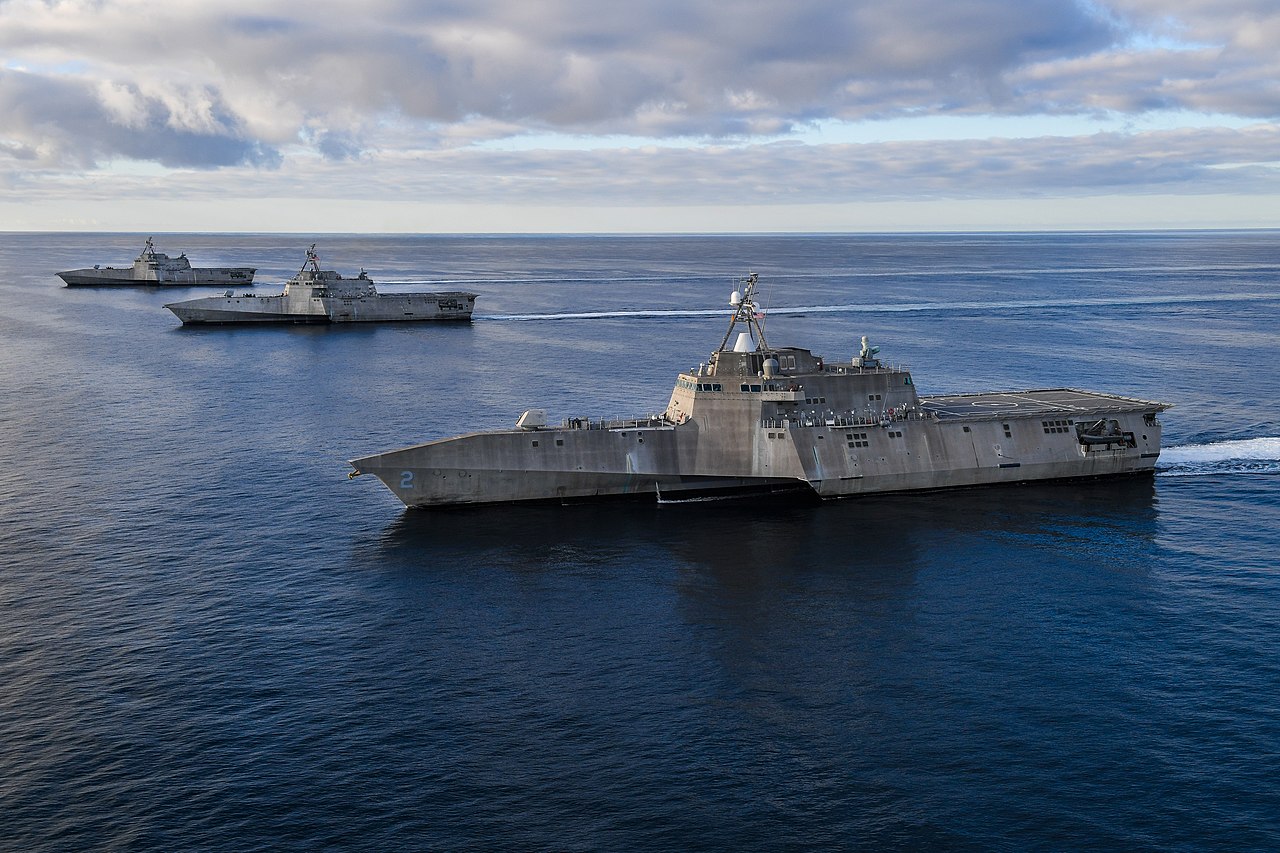
Independence, Manchester and Tulsa operate together
This is a particular problem because nobody is quite sure what to do with them. While the idea of a ship specializing in access to waters where enemies would rather we didn't go seems appealing in today's confrontation with China, the original plan was rather short on details of how this would be done. To some extent, its proponents seemed to advocate simply accepting that some of the ships would be lost, a controversial position in the USN, which has never been particularly accepting of disposable warships. Worse, the actual ships currently in service are far too large and expensive to be considered disposable. That means any ship deployed in disputed waters has to be capable of surviving an attack, a task for which the LCS is extremely poorly suited. Both variants are armed only with a handful of RAM point-defense missiles, which are perfectly adequate for self-defense in lower-threat environments1 but would require cover from something like a Burke if operating near China. In theory, the modular nature of the LCS should allow this to be solved, but any serious air-defense capability would probably require a new radar, which seems to have been a deal-breaker.2
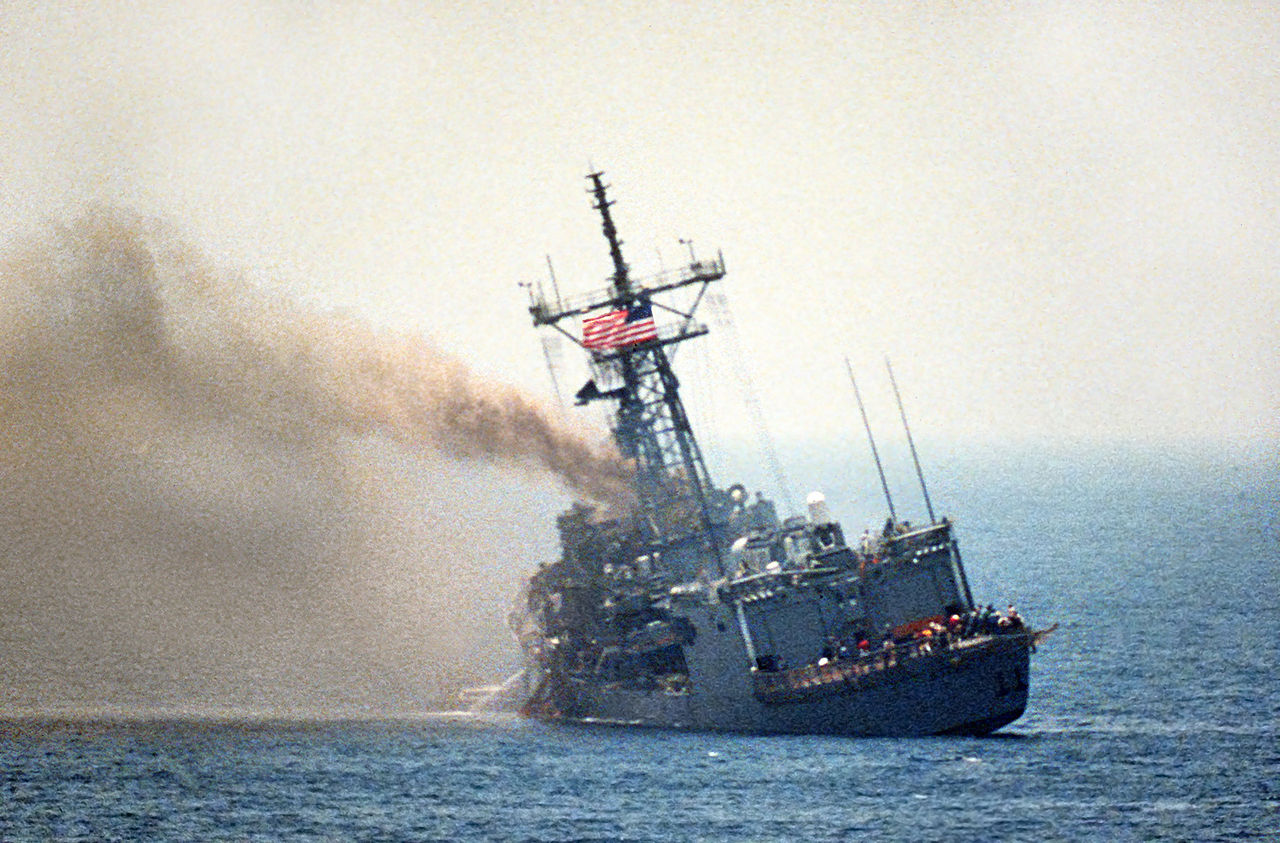
Stark burns after being hit by an Exocet missile
Another area where significant sacrifices were made was survivability after a hit. The LCS was built to Survivability Level I, a category previously used only for mine warfare ships and patrol vessels. Previous small combatants, like the Oliver Hazard Perry class frigates, had used Level II instead, and proved remarkably tough, as demonstrated by the Stark and the Samuel B Roberts. One of the main drivers for the lower survivability is the push to reduce crew size. Having lots of bodies is vital for damage control, and with a 40-man crew, options for dealing with anything going wrong short of abandoning ship are pretty limited. This decision has proved controversial, as the USN has a cultural tradition of fighting to save ships, usually successfully.
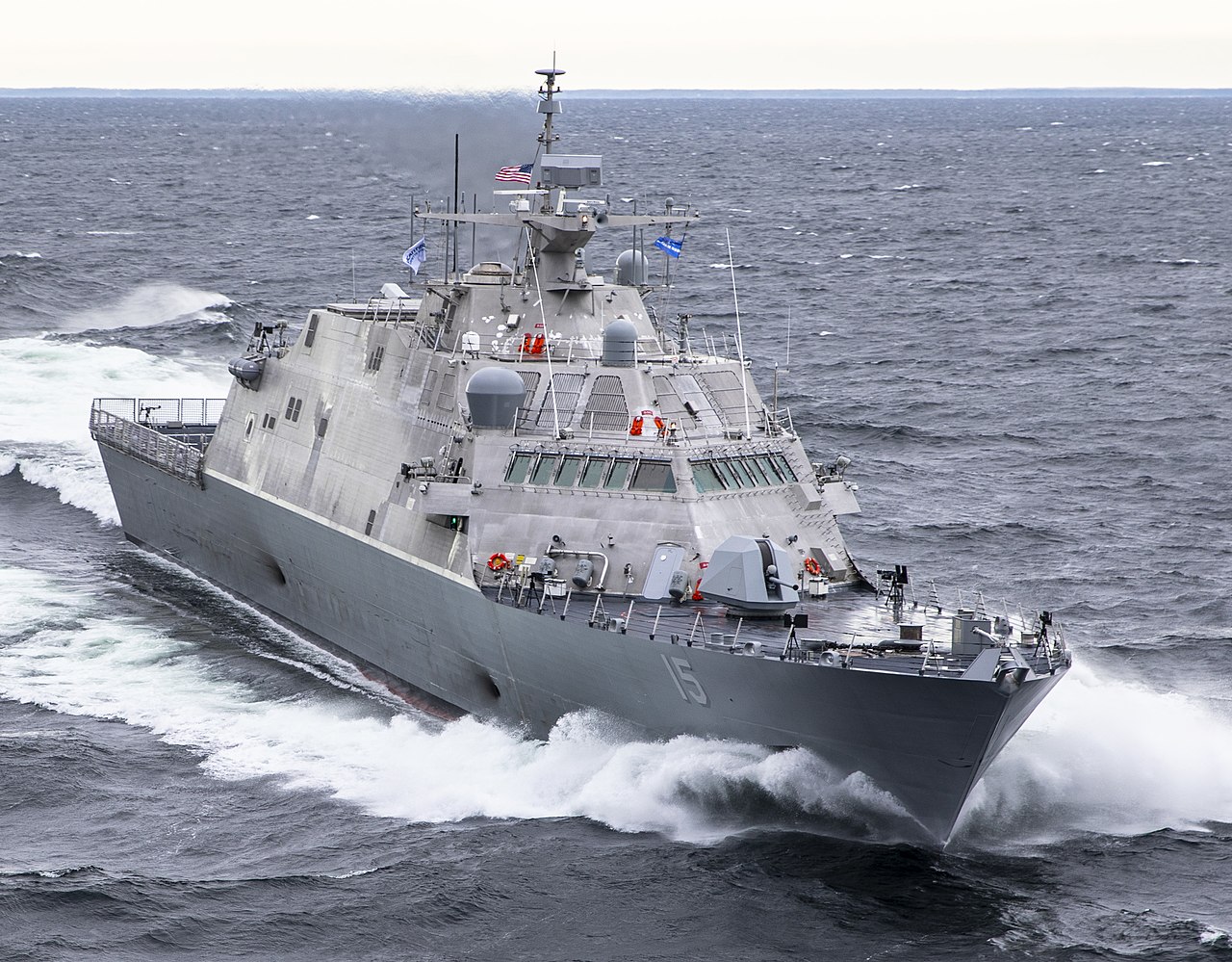
USS Billings
Adding to questions about the LCS's combat-worthiness has been a series of engineering problems that have plagued both classes. Independence's aluminum hull began to disintegrate from galvanic corrosion almost as soon as it was in the water, and later units of the class were modified to prevent the issue. While that particular issue has not reoccurred, the propulsion plants have been a continual source of trouble for both classes. In 2016, three ships suffered casualties within a month, in addition to two earlier in the year, placing a majority of the force available at the time out of action. While things have improved somewhat since then, in late 2020, the Navy discovered a design defect in the combining gear on the Freedom class that it has turned over to Lockheed for a fix, refusing to take delivery of more ships until the problem is corrected.
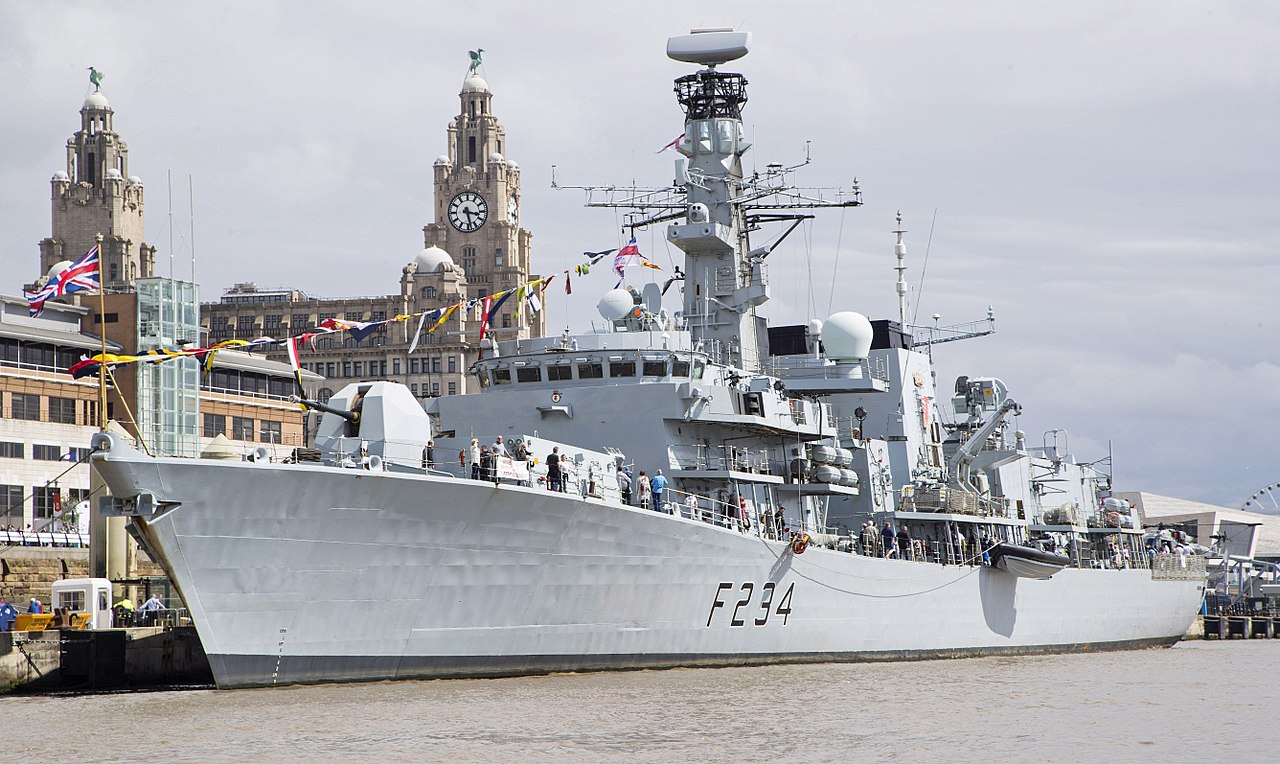
HMS Iron Duke, a Type 23 frigate
And even while only half of the projected LCSs are in commission, the first units are leaving service. The first two ships of each class were scheduled to decommission in 2021, after careers of between 7 and 13 years, approximately half of their expected service life, although as of May 2023, only LCS-1, LCS-2 and LCS-4 had been decommissioned. While this is somewhat controversial, it is in fact one of the few really smart decisions that the program has made. The first two hulls in particular were intended to aid development of the later ships, and all four have been serving as the development force for the LCS fleet. Keeping them in service would mean a significant amount of work, and by cancelling that, the Navy can use the money for other things, like getting the mission modules working. Warship upgrades are ferociously expensive, particularly when combat system replacements are involved, and there have been occasional proposals over the years to replace them with simply buying new hulls at a much higher rate, with similar costs in the long run. The only actual attempt to implement this was the British Type 23 frigate, where the concept was abandoned before they got to that point. More was to come in 2022, when the USN's budget submission for FY23 proposed getting rid of all of the in-service units of the LCS-1 type, although this doesn't seem to be in the cards as of May 2024. Nor has the LCS-2 type been trouble-free, with cracks appearing in the bow, and the ships told to avoid waves over 8' if at all possible.
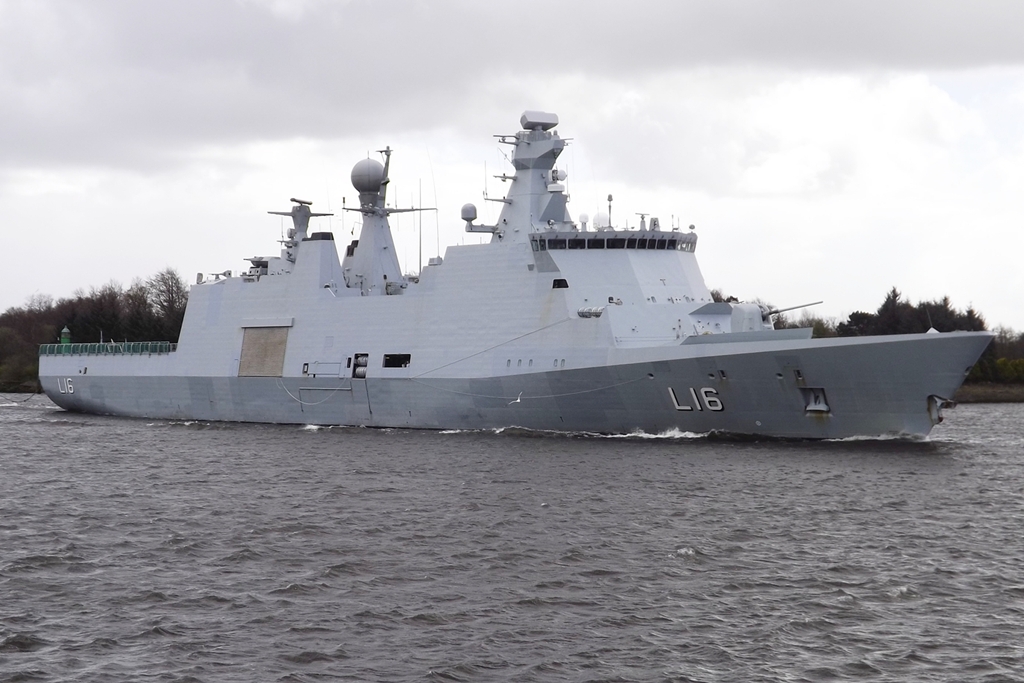
HDMS Absalon
So, as a result of all of this, the LCS is effectively only useful for employment in secondary theaters, showing the flag and projecting presence in low-threat areas. While this is an important role, it isn't one the LCS is particularly well-suited for. Both designs are heavily optimized for high speed, with all of the costs and tradeoffs that implies, and which is not particularly useful for any mission the ships are likely to carry out. Their restricted range is also likely to be a problem for independent operations. This secondary role is not one the USN has ever been good at building ships for, as evidenced by the fact that the follow-on Constellation class is a much higher end ship optimized for AAW and ASW. Other nations have managed to do a much better job building ships for this role. The new British Type 31 frigates are a good example, although the closest anyone has produced to a sensible LCS are the Danish Absalon class frigates, which are fitted with a "Flex Deck", capable of carrying mines, troops, or a containerized command center, as well as the StanFlex system, which gives more flexibility in their weapons fit, including ESSM capability.
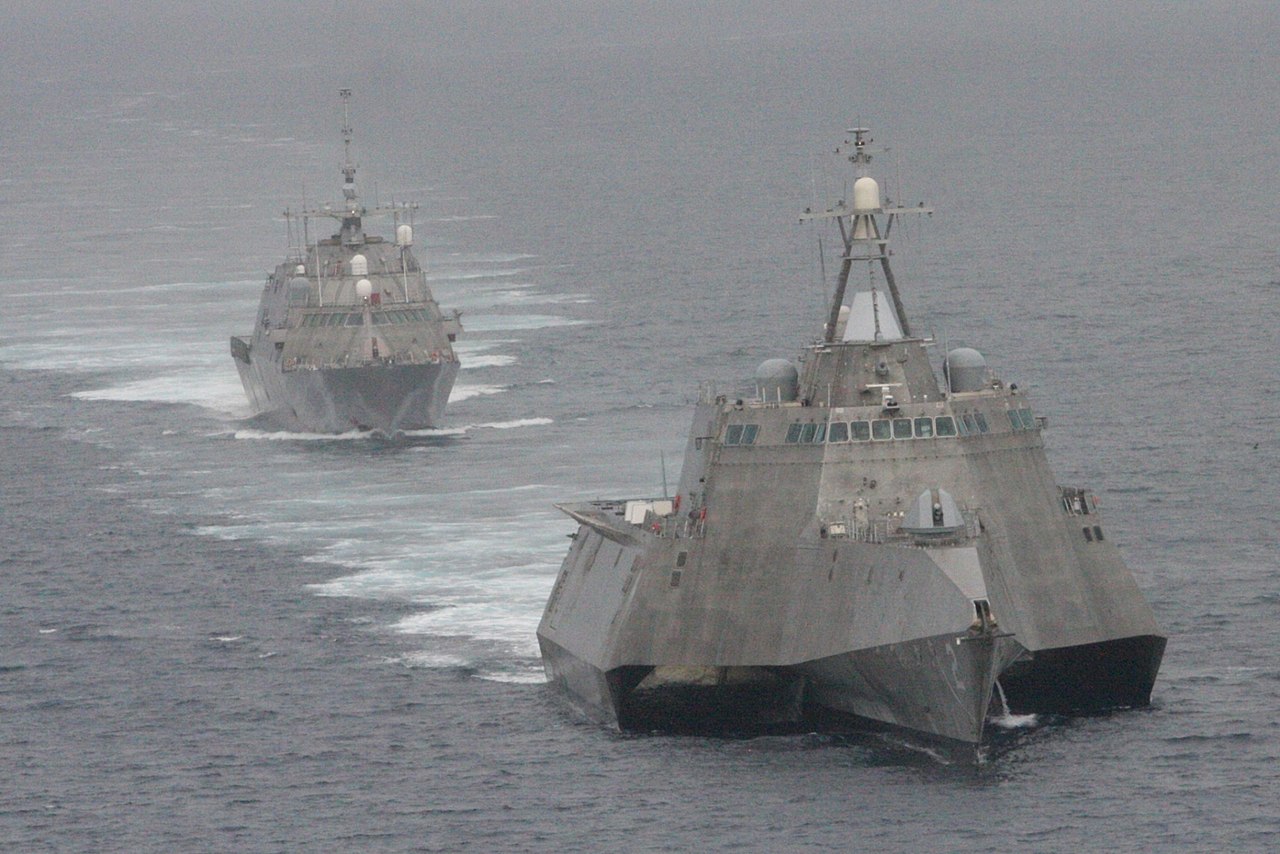
Freedom and Independence
So, ultimately, what are we to make of the LCS program? At its original mission, it is a comprehensive failure, and there's little doubt that the American taxpayer has spent way too much on ships that are not capable enough. But it wasn't a complete waste. The hulls exist, and the engineering problems are being brought under control, leaving them as reasonable second-line warships, a category the US has lacked since the retirement of the Oliver Hazard Perry class. And as unmanned systems become increasingly important, the unmatched capability of the LCS to handle them will likewise give them a more important role in the fleet. This is an area where the Independence class is particularly strong, thanks to its massive flight deck, and it's worth noting that the Navy finally made the decision in favor of this class. Nor is it certain that the design is completely dead. Marinette Marine, builders of the Freedom class, won the FFG(X) competition, and both political considerations and the utility of the trimaran design for aircraft operations might well see procurement of more vessels, although in what form is as yet unclear. And whatever happens, the LCS will remain an important part of the American fleet far into the future.
1 For instance, they should be able to operate in areas like the Bab-el-Mandeb, at least if the risk of AShBMs is ignored. ⇑

Comments
Regarding crew and damage control, does the increased automation of the Ford and (especially) QE carriers reduce their survivability? Or is it the case that when you have several hundred (or thousands of) crew aboard, there aren't really the same problems, even with a large ship?
I wouldn't be too concerned about either of those. There's a big difference between 40 men and several hundred or thousand, as the case may be. I'd be a tiny bit concerned about the QEs, but not nearly as much as the LCS. No worries on the Fords, which still have a lot of people onboard.
Semi off-topic, but I'm a little disappointed in what we've seen of the Constellation class so far. It seems like they just built a miniBurke that can't do any of its jobs as well, except maybe ASW?
How would you go about setting the mission and requirements for a... "small surface combatant" like ffX or LCS?
Little tyop there.
echo:
That's the whole point of a modern Frigate.
echo:
The same as a destroyer but the ship has to be cheaper to buy and run and we're willing to have a less capable miniature version so as to afford enough of them for the less challenging environments.
Depends on my budget and exactly what I want. I'm supportive of the Constellation because it's better than the LCS, but it's definitely a boring choice. Not a terrible thing at the moment, but if I was picking, I'd definitely go for something similar to the Absalon. You want a reasonable payload, flexibility in your architecture for new systems as they get developed, and for it to be good at the basic small combatant mission of showing up with a helicopter, a gun, and some self-defense missiles.
I think the most important part would be the requirements you don'tset. In particular, it doesn't have to make 30+ knots to keep up with carrier battle groups (never mind 40+ knots to dogfight FACs), it doesn't have to have any sort of deep strike capability, and it doesn't have to be a mini-AEGIS capable of fighting the outer air battle with Standard Mark Whatever.
The requirements to impose are: - Highly reliable and modestly survivable - Fast enough to escort gators and freighters, 24+ knots - Efficiently operates at least one multirole helicopter - Main on-board armament is ESSM or the equivalent - Also carries a decent 76+mm gun - Some sort of CIWS with a secondary anti-boat capability - Some sort of non-lethal anti-not-quite-pirate weapon - Light ASW torpedoes - Sensors and EW systems appropriate to the above weapons fit - 200+ tons of flexible space with waterline access
The flex space is for a company of marines, or an equivalent disaster-relief or search & rescue team, or minehunting gear, or command facilities for a flotilla flagship, or whatever else comes to mind.
Nice-to-haves, in order of priority and on no account at great marginal cost: - A second helicopter or a couple of UAVs - More flex space - Modular design to facilitate future upgrades - A highly capable X-band AESA radar - A highly capable towed-array sonar - Active torpedo defenses, if we ever get one that works - Lightweight land-attack missiles (not Tomahawk) - Standoff ASW weapons - Over-the-horizon antiship missiles(*)
Absalon has almost all of this and seems reasonably cheap, but at >6000 tons full load her operating costs may turn out a bit on the high side. Constellation looks very nice except for the 7500 ton displacement and billion-dollar price tag. So figure out how much you can save by throwing out the most expensive nice-to-haves, and be ruthless.
And I just learned that Markdown doesn't do bullet-point lists the way I hoped it would. Aargh.
markdown never does anything the way you hope it does lol. After my last quadpost I started previewing everything in a markdown viewer.
That seems like a great list. Are the lightweight torps a substitute or a complement to ASROC?
Full-size VLS blocks seem like they could be really useful flex-armament on a frigate (and cheap to leave empty for later). You don't need a full Aegis setup for the new ESSMs, right? And it'd be a cheap way to get more tomahawk cells or ASROC to support some future USV sub-finder.
Your "what you leave off" thing seems like the key to the whole concept, but isn't something the US has the discipline for these days, sadly...
Lightweight torpedoes are the minimum ASW weapon for any ship that pretends to have an organic ASW capability, and the modern ones are pretty good. There's also very little design impact from just the tubes, so if you've already got sonar there's no reason not to have these.
Standoff weapons like ASROC are better, but the helicopter is better still if it works and the design impact of e.g. a full Mk 41 is not trivial on a frigate. If it means digging down another deck into the machinery spaces to fit your VLS cells, it may not be worth it.
And, on the "what to leave off" front, if putting a tactical-length Mk 41 VLS on your ship means some busybody demands that you give him a dozen extra cells for SM-2 or SM-6 missiles because CEC, and putting those missiles on the ship means the next busybody demands that the Block II build have a mini-Aegis suite with S-band radar etc because you aren't actually operating them with proper Aegis ships, you may find the cost ballooning substantially even if all you had in mind was a few VL-ASROCs.
If you can shoehorn a VL-ASROC into the short self-defense length Mark 41 VLS, or whatever equivalent the Danes have in their Stanflex module, then sure, add a few of those to the mix. But I don't think anyone has done that, and I wouldn't want to hold up a proper frigate/LCS design while someone tries to meet that requirement. So it's not a requirement, at least for Block I.
I'm actually pretty sure you can fit VL-ASROC into the tactical-length tubes, which will take Standard but not Tomahawk. But I think that there's probably too much risk there, and that a better choice for long-range sub killing is probably either a modernized DASH or a drone/Ikara hybrid. Either one should have most of the benefits of VLASROC without the risks that it poses of the good idea fairy showing up.
@John Schilling
Realizing that we already have a fully functional and ironed out AEGIS platform, I do wonder if a more iterative approach to combatants is necessarily so bad if it constrains each step of development in terms of technological, budget, and schedule risk, so long as the Block I option is still useful.
The problem with the Aegis platform isn't that it doesn't work or needs development, the problem is that the "fully functional and ironed out" version costs roughly half a billion dollars per shipset just for the radars, electronics, and VLS, and that's about what we should be spending for an entire frigate or LCS. Of course, we will be promised a stripped-down mini-Aegis for maybe $100 million per, but that version isn't fully functional and ironed out and will cost a lot more than $100E6.
But any frigate that looks like it "should" be an Aegis ship, i.e. it has tactical-length VLS cells that can carry Standards, will face potentially irresistible pressure to be exactly that. And the bit where they grudgingly accept that the frigate version only needs two illuminators, won't reduce the costs all that much.
Man, I am not a fan of lightweight torpedos. If you're sacrificing ASROCs and telling your crew that they have organic ASW in the form of OTST...that crew is going to tune you out real quick.
Surely if you managed to deliver Block 1 on budget, the massive cost growth of adding Aegis to Block 2 would make it politically impossible?
Maybe I'm too naive.
To me, the SVTTs are in the "oh, and that too" category - while you're carrying a magazine of Mk. 54s for the helo, you might as well have the capability to fart one over the side just in case some wise guy sneaks up on you. You shouldn't ever be planning to engage a sub with those on purpose.
Going back to the original design concept, it seems like the unspoken behind the Streetfighter was expendability: the idea of having a smaller, cheaper boat with a sparse crew that wasn't so valuable that it couldn't be risked in littoral waters. However it seems like maybe no one could actually say that out loud, so the project got burdened with things that brought up the cost, somehow without helping survivability. Is this idea just a bridge too far for the current navy?
As Jade says, the plan is always to engage submarines with the helicopter; lightweight torpedo tubes are a dirt-cheap just-in-case because the helicopter isn't always availble. ASROCs and the associated integration hassles are not dirt cheap, and they open the door to much more of the same.
So, would you rather have VL-ASROC, or a third hour of sleep every night? Because by the time you're done with the ASW and AAW and old-school ASuW and boat-swarm ASuW and mine warfare and SpecOps communities, you'll be over a billion dollars per frigate, you'll have half as many as you need, the mission set won't be cut in half, and what will be cut are training, maintenance, and sleep. Good luck dodging the freighters, and God forbid you ever go up against a Portuguese cruise ship :-)
Chuck:
A bigger problem is that such a boat would against any serious enemy be expended before it could expend anything of the enemies.
War isn't about dying for your country, it's about making someone else die for theirs and FACs are really only good at the first.
I mean, if we're demanding a dirt-cheap-just-in-case logic for keeping SVTTs on FFG-NG, I will counter with depth charges, which are a) cheaper-integration costs especially are nothing, just tie them down to a ramp that drops them overboard! b) easier to deal with (no OTTO-fuel issues) and c) have basically the same Pk as SVTT shots. Also, the engagement IRL ends the same way 99.9% of the time: FFG-NG ends up as a flaming datum.
I am very aware of how buying more capacity can lead to runaway costs; I am not worried about VL-ASROC integration doing that because it's going to be the same programming in your UBFCS as for OTST, and we did it all 30 years ago. Heck, you'd probably have to pay more to remove the logics for the VLAs for your integration costs.
Labeling a platform as having "organic ASW" capacity when you mean SVTT is dumb because the operators would know better and ignore it, and refuse to use it that way. It's like saying you don't need minesweepers because DDGs have Kingfisher mode. That's not how it works.
@Blackshoe I'm not quite sure what Kingfisher mode refers to. The only Kingfisher I can think of that would relate to destroyers is the BAE payload round for the 5" gun.
@Blackshoe
If I understand correctly, you're saying the FFG should focus on being the best ASW helo platform it can be, and accept that if a sub gets close and attacks, it's game over anyway, regardless of the FFG's torpedo tubes. So might as well not bother with them at all, and use the space and weight for helo parts or another drone or an extra head or something.
Am I getting this right?
@AlexT: I think I would frame my argument more as "If you want to say FFG-NG has organic ASW capacity (ie the capacity to attack subs without supporting aircraft), then the minimum viable level of that is VLA (which, I checked, do fit in a tactical length cell).
Now, I'm ambivalent about whether it really needs organic ASW capacity (I'm at least open to the idea they don't need it, and should rely on non-organic capacity. Don't like it, but I'm open to it*). I object to splitting the baby and saying "It has organic ASW capacity...in the form of OTST shots, which have zero effectiveness".
Personally, I think for an FFG that presumably has an escort mission as a core part of its Required Operational Capabilities, both organic ASW and some Area Air Defense capacity, but I still think you can cover those requirements with a B-Size (32 cell) VLS module, heck maybe even an even smaller module of 16 cells. I think you could absolutely get rid of, say, the Strike Warfare area (eg TLAMs) and it would be fine). I am pretty ambivalent about organic ASUW, but it seems like that's something that's getting pushed as much because they need to start putting ASCMs on some kind hull. * related, I'm not sure how much I buy that subs, at least modern subs from peer adversaries, are going to get in close to launch torpedo attacks anymore if they can help it, but that's another question.
You cite the 2016 engagement involving the USS Mason and USS Nitze as an example of a lower-threat scenario that an LCS equipped with RAM should be expected to have survived.
Considering the significant amount of ordnance reported to have been expended in the actual engagement (at least several each of SM-2, ESSM and Nulka), is it really reasonable to expect that a combination of RAM and a 57 mm gun would have been sufficient to survive that particular scenario?
There’s no definitive public information that I’m aware of about how many missiles were in play, but I’d imagine the significantly less capable combat system, ESM and radar of the LCS (compared to a DDG) would have put the crew at an even greater disadvantage in terms of reaction time.
@Daniel
While reports are still sketchy, I suspect the issue was one of doctrine, not actually needing that many missiles. After all, SAMs are much cheaper than warships and casualties, so there's going to be a bit of overkill built in. RAM is by all accounts quite a capable missile, and pretty much designed for point defense in that sort of case. The problem comes when you have lots of missiles coming in all at once, and either run out of RAM or the system gets overwhelmed, but that should take more than 2 ASMs at a time.
Doctrinally, if you're going to shoot at an incoming missile, you shoot two missiles at it. Because, to quote Chip Swicker, "Anything worth shooting is worth shooting twice" (that's not the actual reason, by the way, it's just fun to say".
There's a saying that I find applicable in all sorts of ways:
"Two is one and one is none"